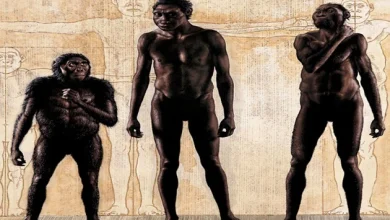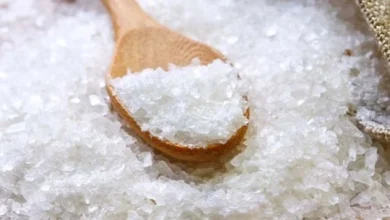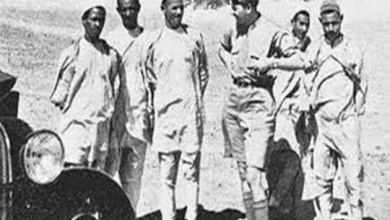Best place to visit in Tunisia: Top 12 attractions
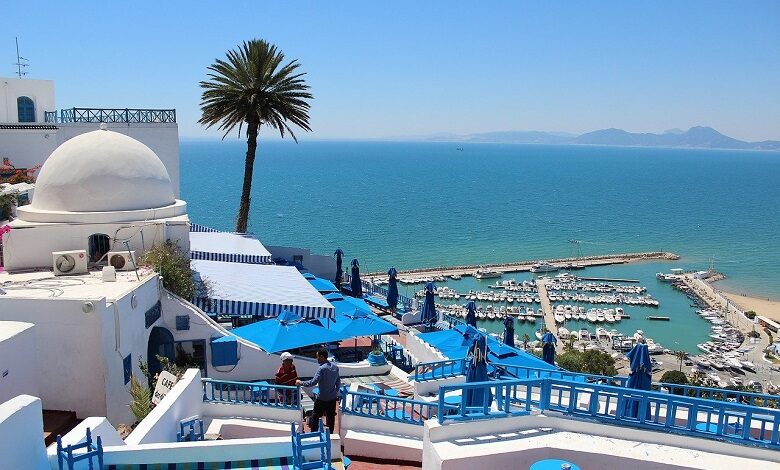
Tunisia is a north African country with access to the Mediterranean Sea. This country has everything for a quality beach holiday: a long coastline, comfortable hotels of Sousse, Hammamet, and Monastir, working on the scheme “all-inclusive,” evening and night entertainment, which offers clubs and restaurants in resort areas.
On the territory of Tunisia, there are many historical monuments from the Phoenician rule, the Roman Empire, the reign of the Arabs, and the Ottoman Empire. The country heavily influences by the legacy of the French colonizers, thanks to which Tunisia remains a modern and progressive country that is developing along the secular path.
What to see in Tunisia?
The most exciting and beautiful places, pictures, and short descriptions
1. Fortress Ribat in Sousse

It also served to protect against attacks by Berbers from the desert and gentiles from the sea. Ribat builds in the form of a square with semicircular towers on the sides. The fortress gave shelter to travelers and merchants fleeing danger. One of the watchtowers offers a picturesque view of the seaport of Sousse and the old town.
2. Fortress Kelibia
The oldest city-fort, built in the sixteenth century, is located 100 km from the country’s capital. In addition to its historical value, tourists attracted by the best beach in Tunisia, El Mansour, found here and excellent restaurants serving seafood.
3. Phrygia Zoo
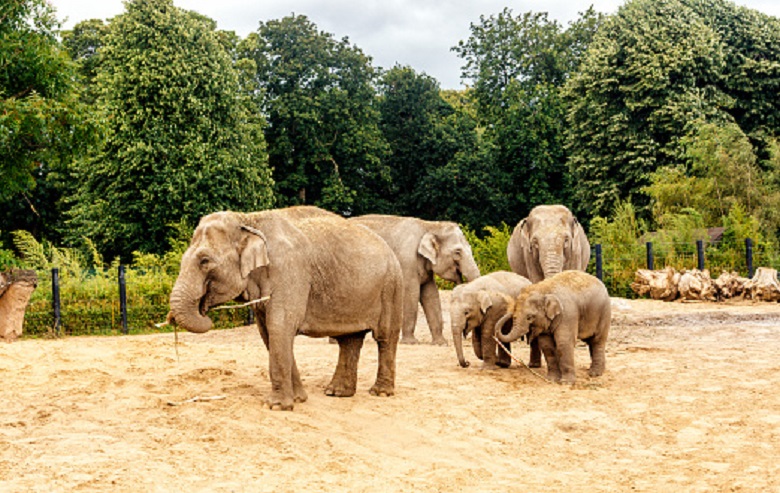
One of the most visited places by tourists locates in the suburbs of Hammamet. It contains over 50 species of birds and animals. Guests can admire the African fauna: flamingos, lemurs, crocodiles, cheetahs, lions, and swans. It will also be interesting to look at the shows with the participation of dolphins and fur seals.
4. Atlas mountains
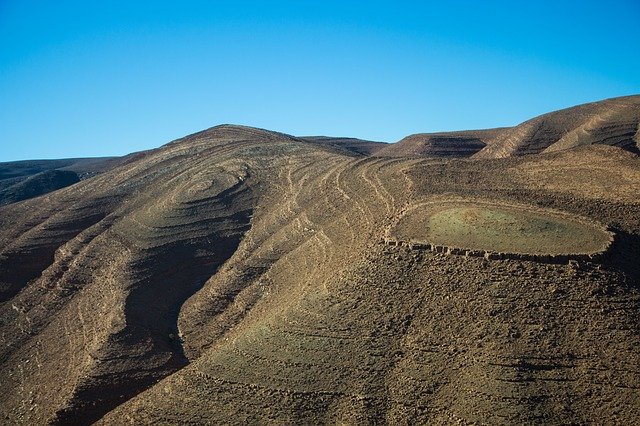
A mountain system that begins in Tunisia and continues along the Algerian and Moroccan coasts. The highest peak of the chain is 4000 meters high. Coniferous forests grow here, waterfalls rustle, and deep canyons gape with an abyss. Observation platforms in picturesque places equip for tourists.
5. The ancient city of Carthage
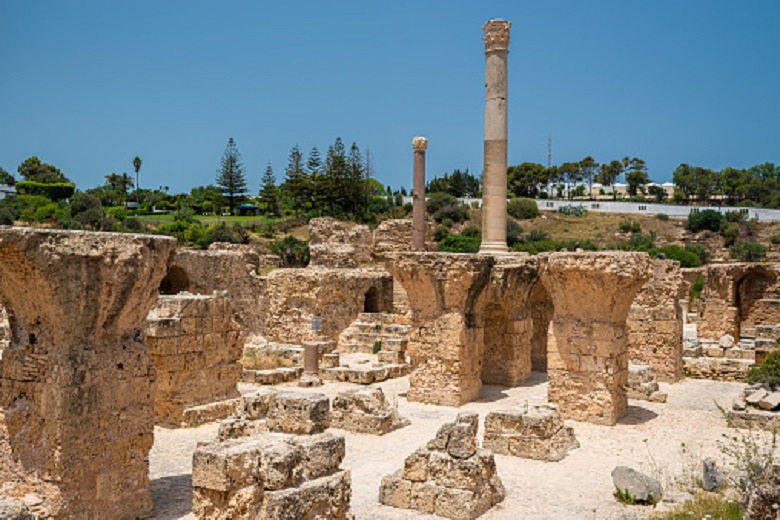
The capital of the ancient Phoenician state, founded in 814 BC. Until 146 BC. was the largest and most influential city in the entire western Mediterranean. After it was conquered and destroyed during the Punic Wars, it lost its significance. The remains of Carthage locate near the capital – the city of Tunisia.
6. Amphitheater in El Jem
The Roman amphitheater builds in 238 AD, which was the largest in Africa and was only slightly inferior to the Colosseum. Despite the destruction of previous centuries, the structure has come down to us in a well-preserved form. Under the main arena, there is a whole underground city, where wild animals and fighters are preparing for battle kept during the days of gladiators.
7. Sidi Bou Said City
Small picturesque town 17 km from the capital. The architecture of the buildings follows the patterns of traditional Arab settlements. Since 1915, according to the authorities’ decree, it was forbidden to build modern facilities to violate the authentic appearance. For tourists, Sidi Bou Said is a tourist attraction; it is just an ordinary city for locals.
8. The Sahara Desert in Tunisia

This vast desert occupies almost 30% of the state’s territory. Its endless expanses are almost not inhabited; only Bedouin tribes periodically wander from place to place. The Sahara is a popular place among tourists – jeep safaris and excursions to Bedouin settlements arrange here.
9. Bardo National Museum
The museum complex is a beautiful old building of the 17th century in the suburbs of Tunis. Along with the National Museum of Egypt, it is considered the best and most extensive in North Africa. In 12 rooms, exhibits from different eras are presented, telling about the country’s Phoenician, Roman, Christian, and Arab past.
10. Dugga ancient city
The ruins of the earliest Roman city, where more than 25 thousand people lived centuries ago. Well-preserved temples, theaters, fountains, necropolises, and mausoleums have survived to this day. On the stone pavements, there are even traces of chariots that once passed through here. A visit to Dugga can provide a comprehensive insight into the life of a large ancient city.
11. The ancient city of Kerkuane
Remains of a Punic settlement of the 6th century BC. It is the only surviving example of Phoenician-Punic architecture; therefore, it is of particular historical value. The Romans destroyed the city in the 3rd century. BC, the ruins discovered already in the XX century. Kerkuane includes in the UNESCO heritage list.
12. Guellala village
They are located in the south of the island of Djerba. This is a settlement of local artisans who communicate with each other in the Berber language and make clay products using old technologies. There are about 450 workshops in the village where pots, jugs, dishes, spice containers, vases, and vessels make.

